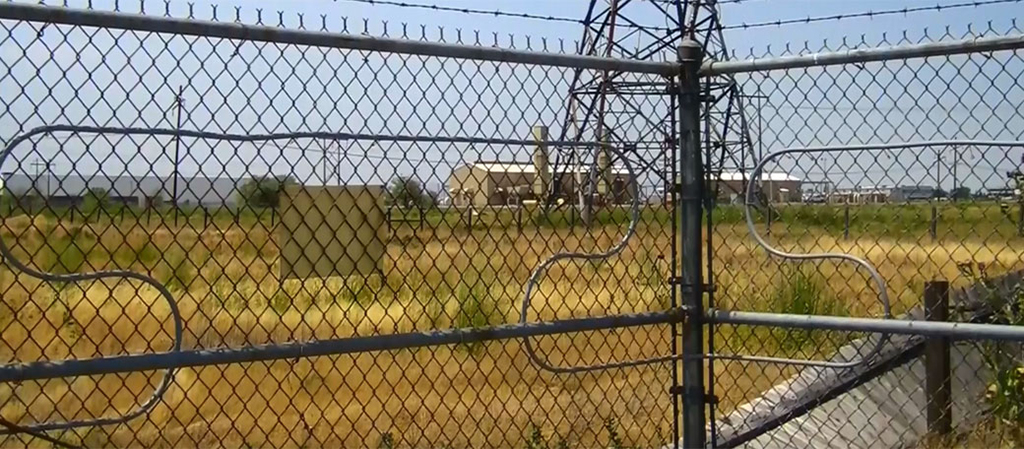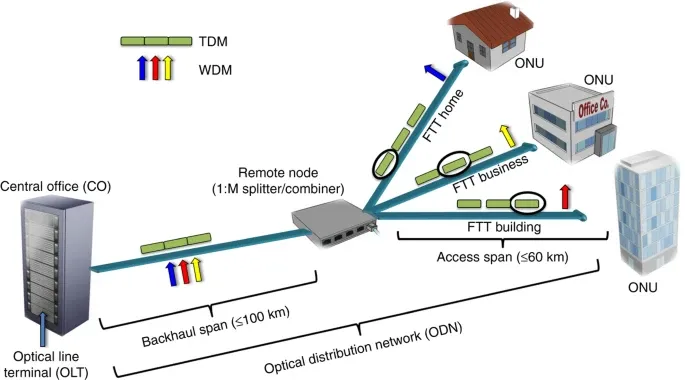The Ultimate Guide to Fiber Optic Safety Solutions for Your Service
In an age where security concerns are extremely important for organizations, recognizing the complexities of fiber optic technology can be transformative. This guide details exactly how integrating fiber optic safety and security systems not only improves data security however additionally supplies advantages like resistance to interference and real-time monitoring capabilities. As organizations evaluate their security requires, it ends up being vital to think about the setup process and the current technologies in the area. What particular factors should be focused on when choosing the right system, and how can organizations guarantee they make the most informed options?
Recognizing Fiber Optic Innovation

The core of a fiber optic cable television contains a slim glass or plastic center, surrounded by a cladding layer that mirrors light back into the core. fiber optic security system. This layout makes certain very little loss of signal toughness, also over considerable ranges. There are two primary kinds of fiber optic cables: single-mode and multi-mode. Single-mode fibers are designed for long-distance transmission, while multi-mode fibers are appropriate for much shorter distances, often made use of within buildings.
Optical fiber are not only quicker however additionally more protected than typical circuitry. Their intrinsic resistance to electromagnetic disturbance and the problem of touching into the signal without discovery make them a preferred option for services focusing on data integrity and security. As companies increasingly depend on safe and reliable communication systems, understanding fiber optic technology becomes essential for informed decision-making.
Key Benefits of Fiber Optic Safety
When taking into consideration security options for a company, the advantages of fiber optic systems are particularly engaging. Fiber optic modern technology uses exceptional data transmission speeds and data transfer ability, making it excellent for dealing with high-resolution video clip feeds from monitoring electronic cameras. This capacity ensures that protection workers receive real-time data, enhancing overall feedback times to prospective safety and security hazards.
Moreover, fiber optic wires are inherently resistant to electromagnetic disturbance, which can compromise the honesty of standard copper-based systems. This resistance guarantees that the information sent stays secure and nonstop, offering a more dependable protection facilities. In addition, optical fiber are much less vulnerable to physical damages, as they are made from glass rather than steel, lowering upkeep costs and downtime.
An additional significant advantage is the raised scalability of fiber optic systems. As service needs progress, fiber networks can be conveniently broadened to fit extra protection devices without considerable overhauls to the existing infrastructure. Finally, fiber optic systems offer improved cybersecurity attributes, including file encryption abilities that protect sensitive information from unapproved access. Collectively, these advantages make fiber optic security systems a robust choice for services looking for to improve their safety actions.
Installment Refine and Factors To Consider
Taking into consideration the intricacies involved, the installation process of fiber optic security systems needs careful preparation and implementation. The first action includes a thorough website evaluation to determine optimal locations for cabling and devices. This assessment should consider environmental elements, existing infrastructure, and potential susceptabilities.

In addition, the setup should adhere to regional building ordinance and industry criteria. This might include coordinating with various stakeholders such as structure supervisors, IT teams, and security personnel to ensure smooth combination with existing systems.
Post-installation, rigorous screening is necessary to validate system performance and identify any type of issues that might arise. By focusing on these considerations throughout the setup process, businesses can make certain a robust and effective fiber optic safety system that meets their details protection requirements.
Latest Technologies in Fiber Optic Safety And Security
Current developments in fiber optic innovation have actually considerably boosted the abilities of protection systems for organizations. One of one of the most notable advancements is the integration of fiber optic sensors that can detect resonances and intrusions along the boundary of a center. These sensors give real-time surveillance, enabling fast response to prospective violations.
In addition, the growth of dispersed fiber optic sensing innovation enables for the constant monitoring of big locations with a solitary fiber cable. This method not just reduces setup expenses yet also boosts the dependability of checking systems by eliminating the need for several, separate sensing units.
In addition, advancements in multiplexing techniques have allowed services to transmit vast amounts of data over fiber optic networks, improving the capacities of video monitoring systems. High-definition video feeds can now be sent over cross countries without loss of top quality, making certain that protection employees have accessibility to clear and actionable information.
Lastly, the use of synthetic intelligence (AI) together with fiber optic systems is reinventing danger discovery. AI algorithms can evaluate data from fiber optic networks to recognize uncommon click for source patterns or actions, enabling positive protection steps. These developments collectively stand for a substantial leap ahead in fiber optic safety innovation.
Choosing the Right System for Your Business
Picking the suitable fiber optic safety system for your company is essential for ensuring optimum security and satisfaction. To make an enlightened option, assess your details safety needs, considering aspects such as the size of your properties, the nature of your procedures, and possible vulnerabilities.
Begin by evaluating the level of protection called for; for example, risky atmospheres may necessitate advanced systems with incorporated monitoring and intrusion discovery abilities. Next off, consider scalability; as your service expands, your security system must can expanding to accommodate increased needs without considerable overhauls.
Furthermore, explore the dependability and efficiency of various systems. Look for companies with well-known credibilities and customer endorsements that testify to their solution high quality. It's additionally recommended to ask about the modern technology's compatibility with existing framework, ensuring a smooth combination procedure.
Conclusion
In conclusion, fiber optic safety and security systems provide a robust option for improving organization security infrastructures. The most recent developments better boost the performance of these systems, ensuring that services stay click here now protected and versatile in an ever-evolving risk landscape.